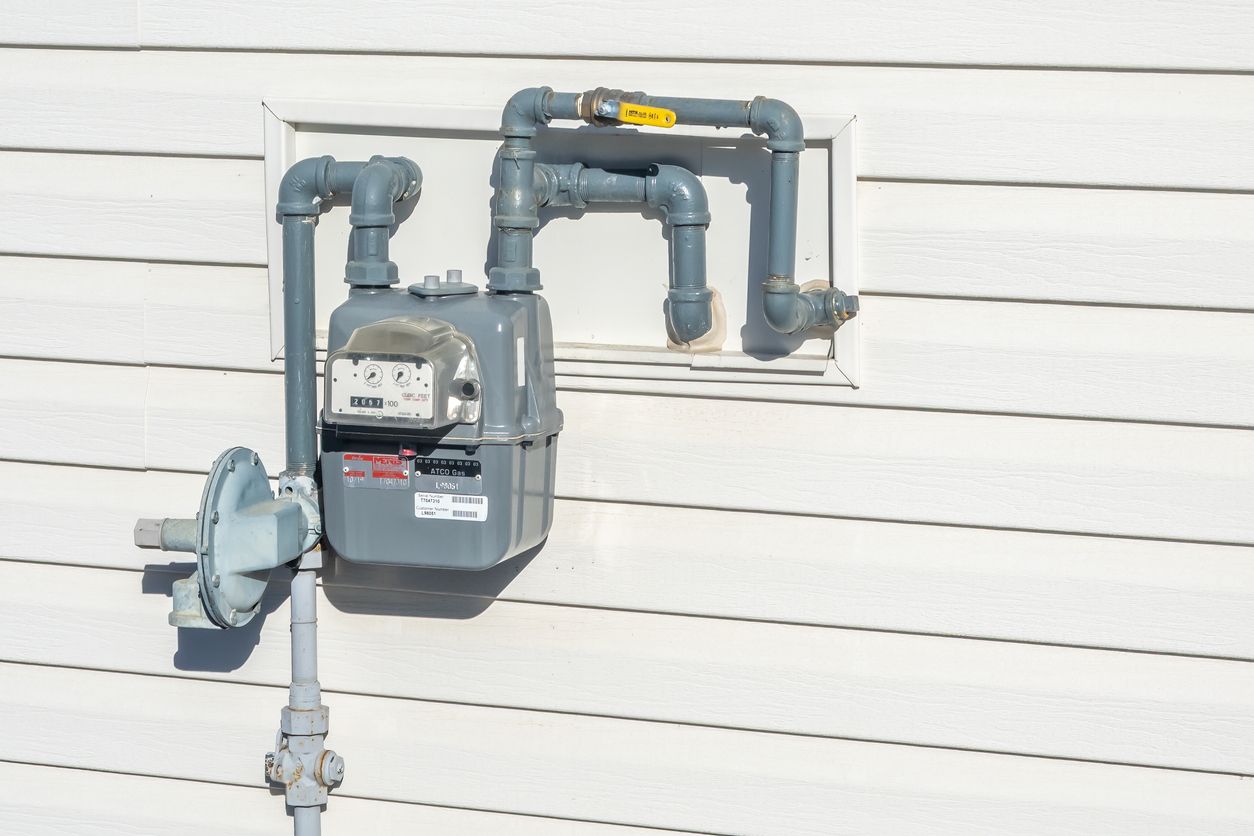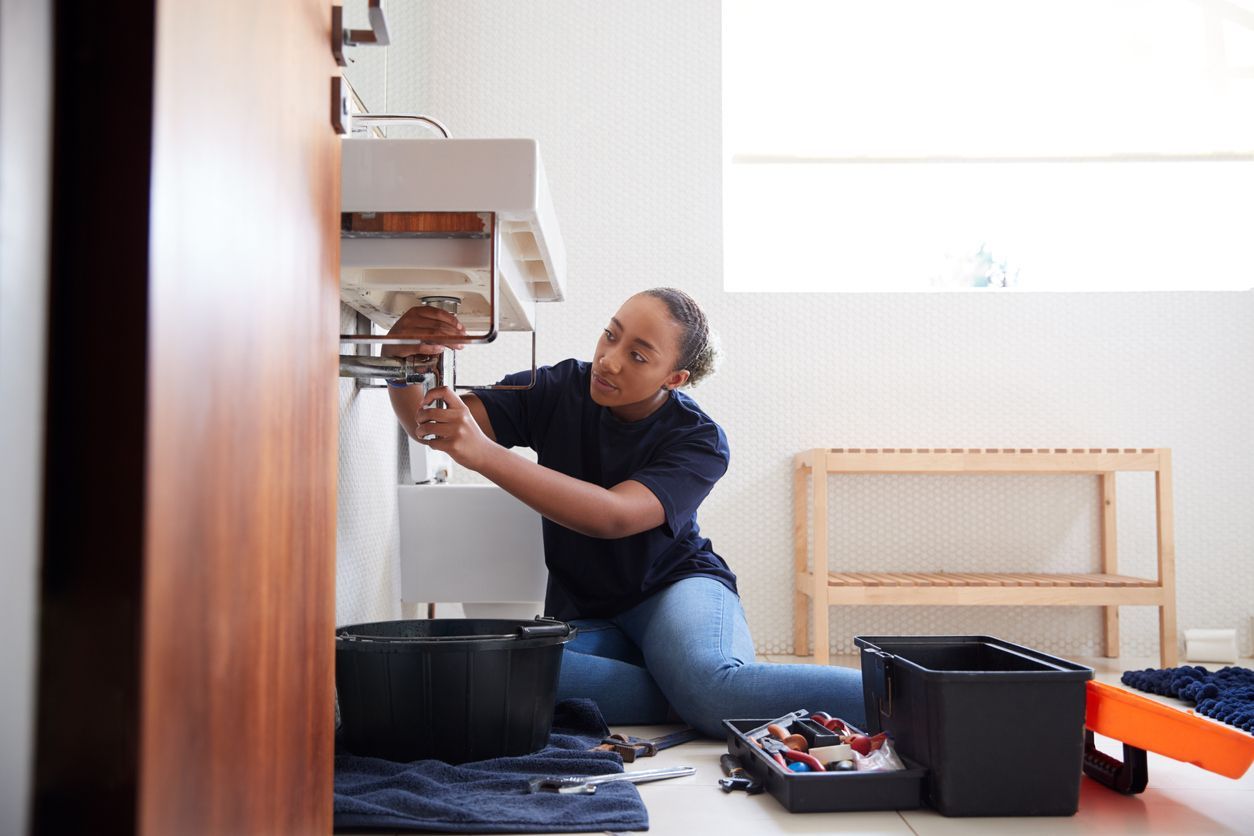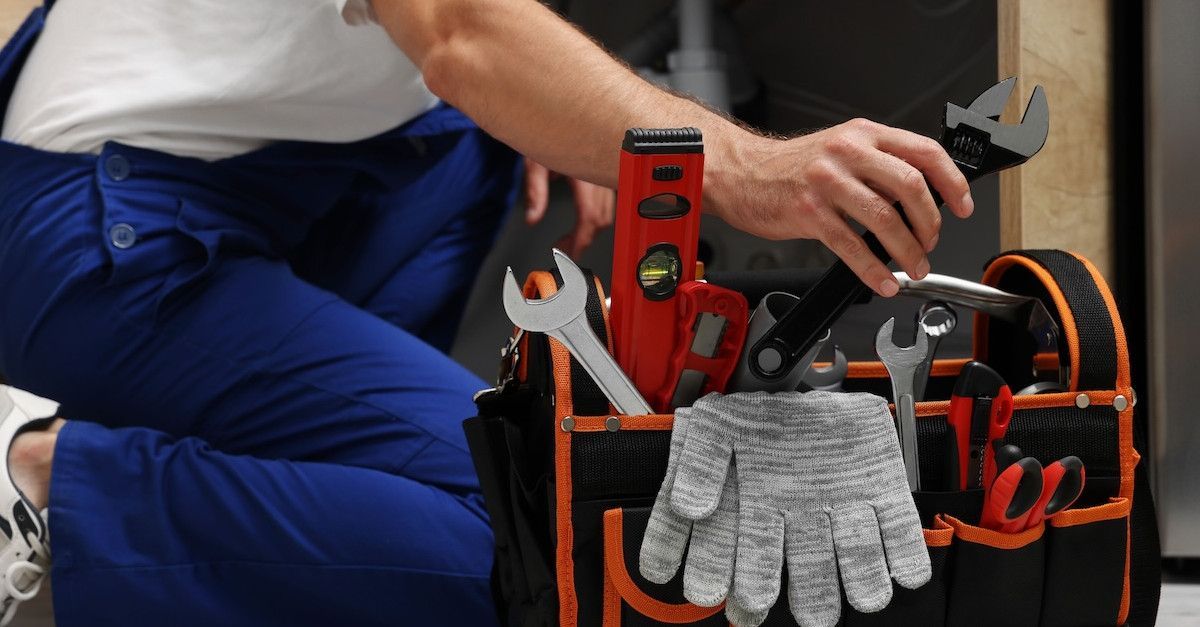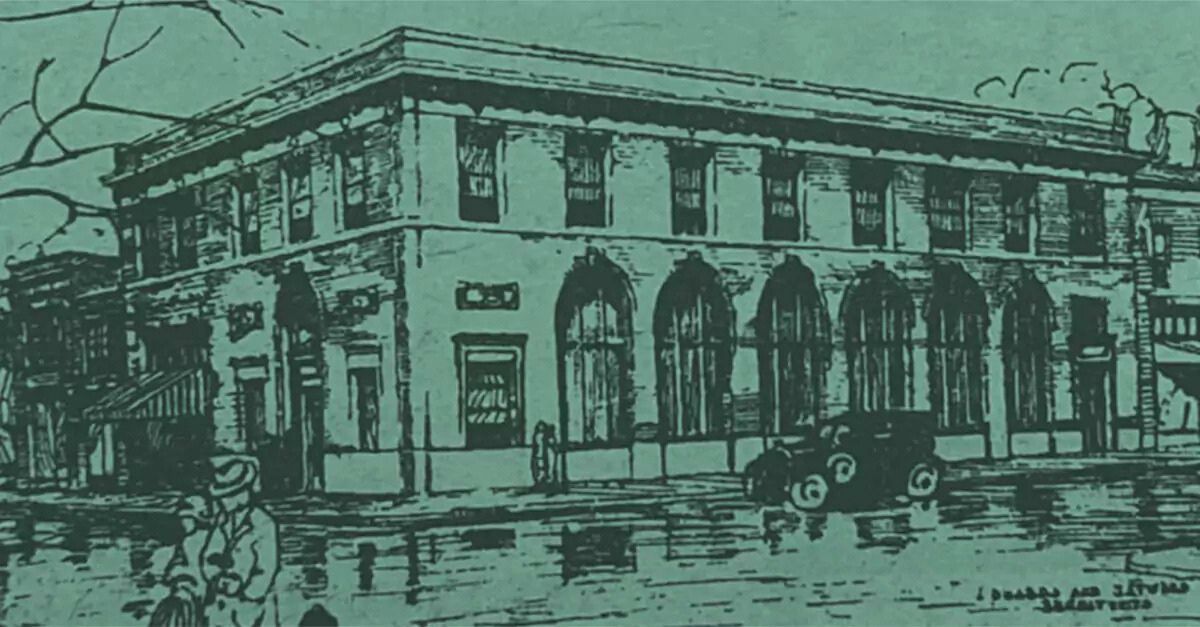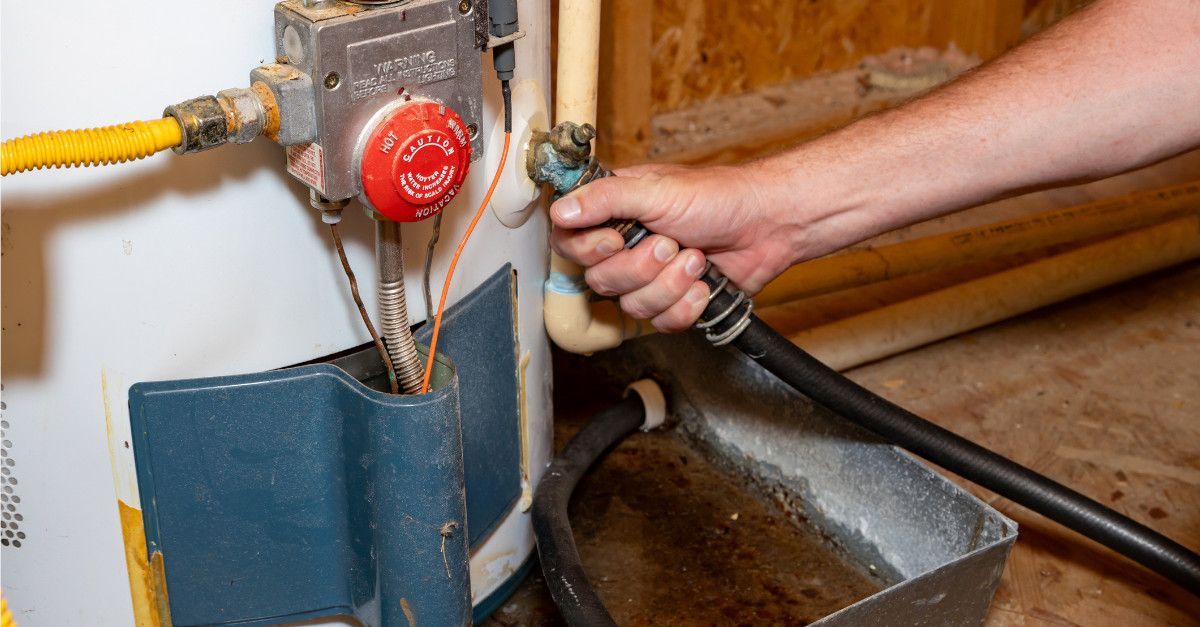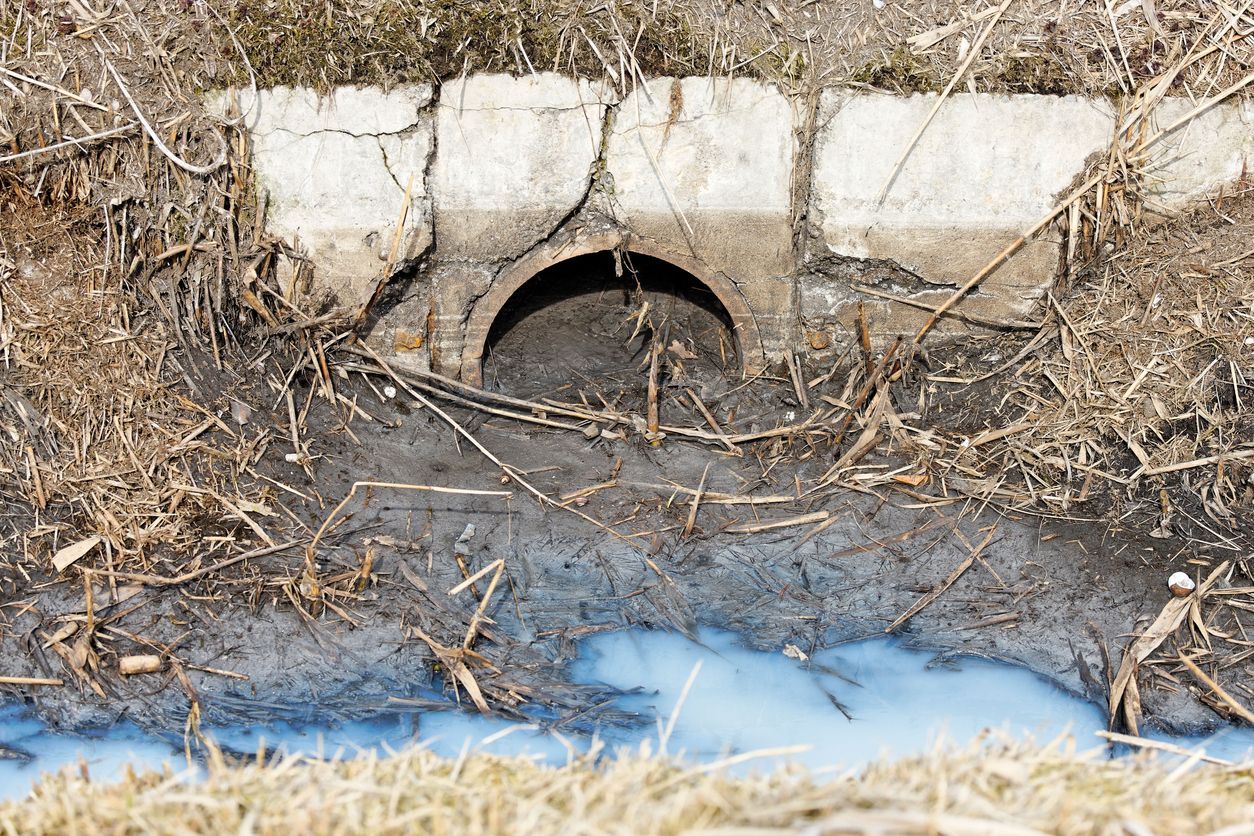How Fast Do Tree Roots Grow in Sewer Lines?
Having tree roots in your sewer line can be a costly headache. In fact, once tree roots enter your line, they may grow a lot faster, causing more pressing issues over time. Knowing the signs and taking steps to stop the problem can save you time and money. Contrary to popular belief, this is one of those excluded items on your home insurance policy, which means if this becomes a problem, you are solely responsible for the damage. It’s important to know the signs of tree roots in your sewer line so that you can take the proper steps to address the problem.
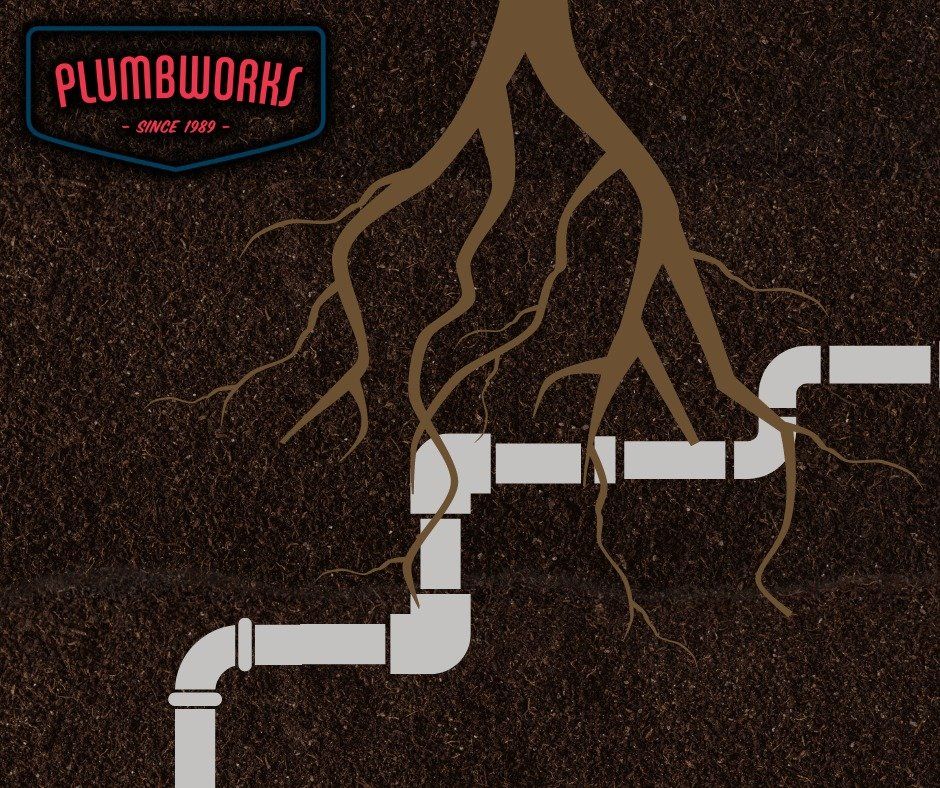
What causes tree roots to grow in sewer lines?
Tree roots look for moisture. Once they detect underground moisture coming from a minuscule sewer line leak, they will migrate to the line, force their way inside, and continue growing. Depending on the type of tree, the opening in the pipe, and the levels of moisture, tree roots can grow very quickly. The nutrients, oxygen, and water contribute to these tree roots growing in the sewer line. If not detected and addressed, this can cause a blockage in the flow of water to your home, create a situation that is harmful to your health, and cost a substantial amount of money to repair.
Signs of Tree Roots in Sewer Pipes
There are a few signs of tree roots in sewer line that can alert you to a potential problem. Knowing these signs can help determine how extensive the problem is and whether you should call a plumber immediately or attempt to rectify the problem on your own:
- Collapsed and blocked pipes
- Bad odors
- Slow drains on a frequent basis
- Sinkholes in the yard
- Sewer backups
- Trees growing very fast and are greener than the others
These are clear indications you may have tree roots in your line. There are also some trees that are notorious for infiltrating sewer lines, including Oak, Ash, Willow, Elm, Tulip Tree, Walnut, and Poplar. If you have any of these trees or symptoms, the best thing to do is start preventative measures. If those do not work, it’s time to call in a plumber to evaluate the situation.
Consequences of Tree Roots in Pipes
If you end up having tree roots in the pipes and it goes unnoticed and unaddressed, the symptoms will continue to get worse. You can expect slow drainage, foul odors, and clogged drains and toilets more frequently. The longer you wait to get the problem evaluated, the chances of you needing a complete sewer line replacement increase.
How do you get rid of roots in a sewer line?
If you’re wondering about how to get tree roots out of sewer lines, there are a couple of things you can try. Most people run to the hardware store and see what they can get over the counter. The problem with that is you don’t know what’s going on underneath the surface. While you’re considering quick-fix solutions, the tree roots may have already caused a more serious problem than you imagined. The only way to really determine the extent of the damage is to have a professional plumber come out to evaluate the situation.
An experienced plumber will take note of the symptoms you have, then use a small sewer line camera to see what’s going on firsthand. They consider any nearby trees that may be connected to the roots, including those that may be in your neighbor’s yard. If you do have tree roots in the line, your plumber may suggest a trenchless sewer line replacement. This is a quick and easy type of repair that won’t completely tear up your yard.
Prevent Tree Roots in Your Pipes
There are a few different things you can do to stop the problems before they happen including planting trees that grow at a slower pace or sewer-safe trees. Getting your lines cleaned and inspected by a professional every year is also a good prevention tactic, as they know what to look for and can detect potential issues before they become problematic.
Expert Plumbing Services You Can Count On
If think you may have tree roots in your sewer, contact the experienced plumbing team at Plumb Works Inc. With over 30 years of experience in the metro Atlanta area, we know all the best and safest ways to completely remove and prevent tree roots in your pipes the first time. For more information or to schedule an appointment, give us a call today at (404) 524-1825.


